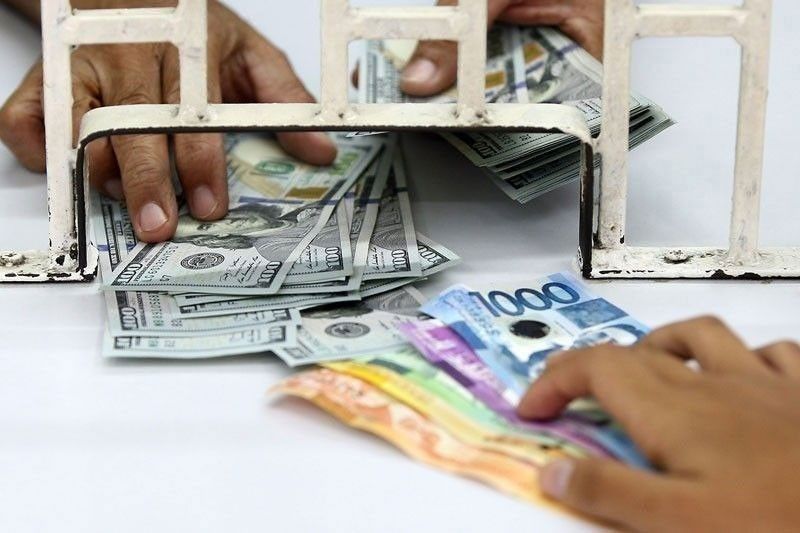OFW repatriation worsens remittance outlook

MANILA, Philippines — Money sent home by Filipinos abroad to their loved ones in the Philippines is seen to further contract this year as more overseas Filipino workers (OFWs) are displaced due to the impact of the coronavirus disease 2019 or COVID-19, according to the Bangko Sentral ng Pilipinas (BSP).
In an online forum, BSP Governor Benjamin Diokno said the central bank is closely monitoring latest reports from the Philippine Overseas Employment Administration (POEA), Department of Labor and Employment (DOLE), and the Department of Foreign Affairs (DFA) on the deployment, displacement, and repatriation status of OFWs.
“OFW remittances could contract in 2020 due mainly to the large repatriation of workers and economic disruptions in host countries,” he said.
Diokno said the World Bank projects global remittances to decline by 20 percent this year, with remittance inflows to East Asia and the Pacific expected to fall by 13 percent, driven largely by lower inflows from the US, the largest source of remittances to the region.
“However, it is important to point out that crisis or no crises, Filipinos abroad continue to send remittances to their families at home. It would appear that OFW remittances have an altruistic character,” he said.
Diokno is confident the adverse impact of COVID-19 on remittances may be temporary.
He was earlier optimistic that remittances would still grow by two percent this year instead of the original target of three percent despite the global coronavirus outbreak.
Latest data from the central bank showed cash remittances coursed through banks increased by 4.6 percent to $5 billion in the first two months of the year while personal remittances increased by five percent to $5.57 billion.
Debt watchers and economists from investment banks see OFW remittances contracting this year.
OFW remittances last contracted in 2001 to $6.03 billion primarily due to the Asian financial crisis and the political controversies during the Estrada administration.
Remittances started accelerating in 2002 with cash remittances coursed through banks rising 4.1 percent to an all-time high of $30.13 billion last year. Personal remittances increased by 3.9 percent to $33.47 billion.
DOLE told the House of Representatives a little over one million OFWs would be displaced by December 2021 due to the COVID-19 pandemic. Actual data showed 323,537 OFWs already lost their jobs as of May and the figure is expected to double to 609,317 by December.
Aside from boosting the country’s foreign exchange buffers to ward off external headwinds, OFW remittances also contribute around eight percent to the GDP via private consumption.
- Latest
- Trending



























